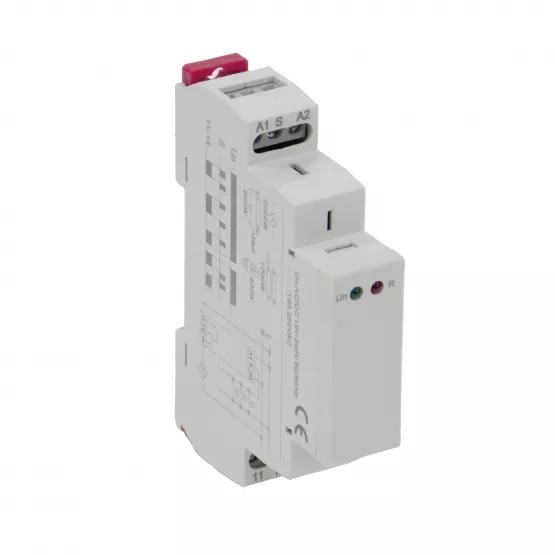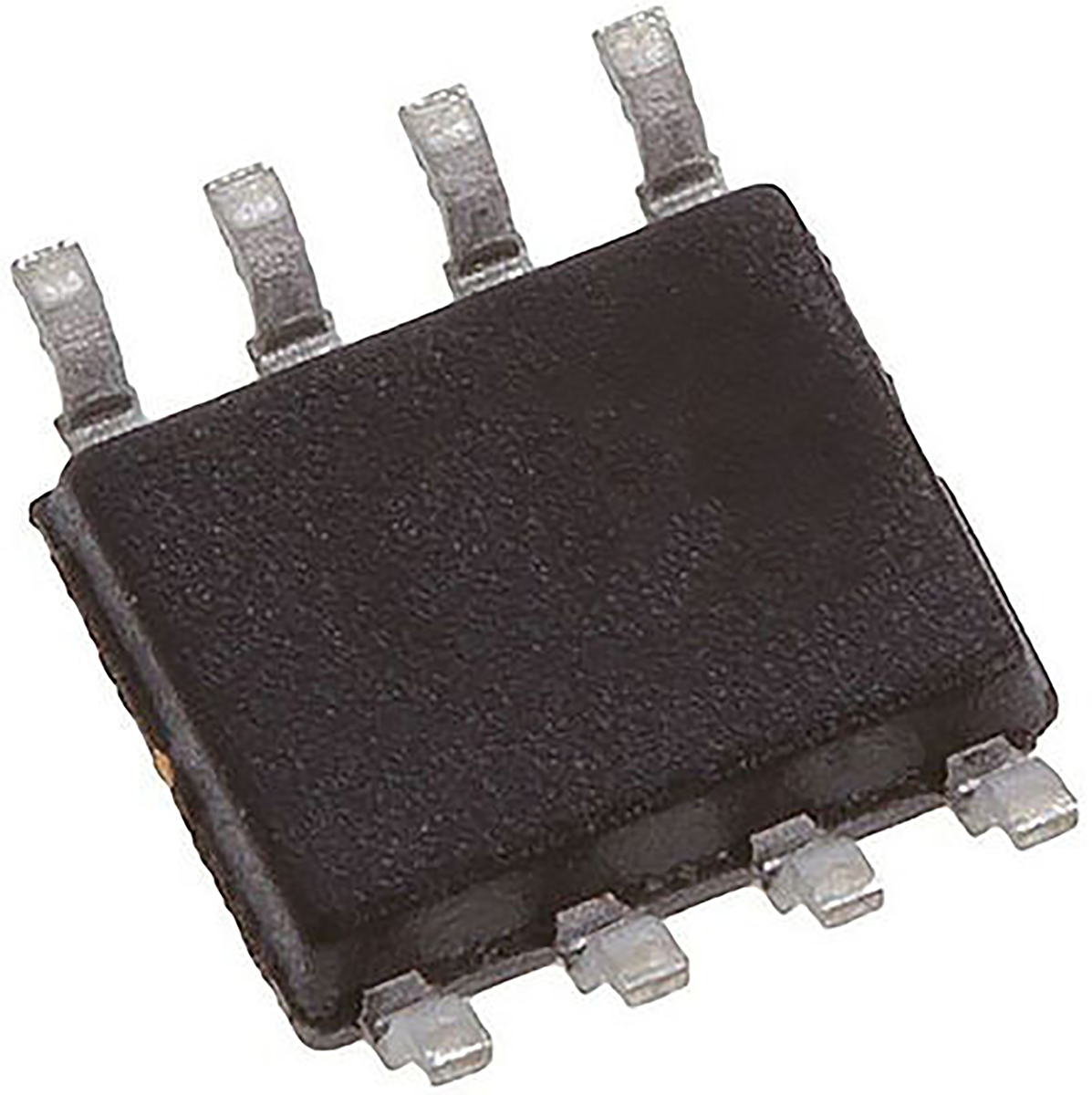 Affiliate Blog Copy – Sell Without Selling. Earn More Now!
Affiliate Blog Copy – Sell Without Selling. Earn More Now!
How Do RCDs Enhance Electrical Safety in Your Home and Workplace?
Written by Jodie Marshall » Updated on: July 06th, 2025 76 views

Introduction
Electrical safety is not something to overlook, especially in environments where people are exposed to high electrical currents, like homes, offices, and industrial settings. One of the most crucial safety devices in electrical installations is the Residual Current Device (RCD). These devices protect individuals and property by detecting faults in electrical circuits and preventing potential accidents. But what exactly is an RCD, and why is it indispensable for electrical safety? In this blog, we will dive into the importance of RCDs, their functionality, and why they are vital in both domestic and industrial environments.
What Exactly is an RCD?
A Residual Current Device (RCD) is an electrical safety device that automatically cuts off the electricity supply to a circuit when it detects a difference between the live and neutral conductors, known as an imbalance. This imbalance typically indicates that electricity is flowing through an unintended path, such as through a person’s body, which could result in a dangerous electric shock.
By rapidly detecting leakage currents, an RCD can disconnect the power supply within milliseconds, significantly reducing the chances of injury or fatality caused by electrical shocks.
How Do RCDs Work?
- Current Flow Monitoring: The RCD continually monitors the flow of electricity through the live and neutral wires.
- Imbalance Detection: When a current imbalance occurs (such as when electricity escapes to the earth), the RCD detects this and acts immediately.
- Cutting Power Supply: Once an imbalance is detected, the RCD quickly trips, interrupting the current flow and preventing harm to anyone in the vicinity.
Types of RCDs
RCDs are available in different types, and each type is suited for specific applications. Understanding these types will help you choose the most appropriate RCD for your electrical needs.
Type AC RCDs
- Purpose: Type AC RCDs are designed to detect only alternating current (AC) faults.
- Best for: Domestic environments where standard AC electrical systems are used.
- Limitations: Not suitable for systems where DC (direct current) leakage may occur.
Type A RCDs
- Purpose: These RCDs can detect both alternating current (AC) and pulsating direct current (DC) faults.
- Best for: Environments where devices that could cause DC leakage (such as certain types of appliances or electronic equipment) are in use.
Type B RCDs
- Purpose: Type B RCDs can detect AC, pulsating DC, and smooth DC faults.
- Best for: Commercial and industrial applications, especially where devices such as solar panels, electric vehicles, or inverters are in use.
Combined RCDs (RCBOs)
- Purpose: RCBOs are a combination of both an RCD and a Circuit Breaker, providing protection against both leakage currents and overcurrent faults.
- Best for: Circuits that require both protection from current imbalances and protection from overloads or short circuits.
Why Do You Need RCDs?
RCDs are crucial for both residential and commercial properties for various reasons:
- Prevention of Electric Shocks: The primary function of an RCD is to prevent electrical shocks by immediately disconnecting the supply when an imbalance is detected. This feature is vital for protecting people from electrocution, especially in areas with high electrical risk, such as kitchens, bathrooms, and workshops.
- Fire Prevention: Electrical faults, such as short circuits or faulty wiring, can cause fires. By disconnecting the power supply when an issue is detected, RCDs reduce the likelihood of electrical fires.
- Increased Safety: In workplaces, RCDs provide an extra layer of protection for employees working with machinery or exposed wiring. This is especially important in high-risk industries such as construction, where people are often in close contact with electrical installations.
- Compliance with Regulations: Many countries and local governments require RCDs to be installed in new homes and businesses. Compliance with these regulations ensures that your electrical installations meet safety standards and protect people from potential electrical hazards.
Where Should RCDs Be Installed?
RCDs should be installed in specific locations to maximise their safety benefits:
- In Circuit Boards: For overall electrical safety, RCDs are often installed in consumer unit (fuse box) circuit boards to protect multiple circuits within the building.
- Individual Circuits: RCDs can be installed on individual circuits where the risk of electrical faults is higher, such as circuits powering outdoor lighting or outdoor power outlets.
- At Electrical Outlets: In environments where portable equipment is used, RCDs can be installed at the outlet level to provide immediate protection when plugging in devices.
RCDs and Electrical Testing
Regular testing of your RCD is essential to ensure that it remains functional. RCDs come with a “test button,” which allows users to check if the device is working correctly. It is recommended that you test the device at least once every three months. If you notice that the RCD fails to trip during testing, it’s time to replace it.
Conclusion
RCDs are a small but crucial component of any electrical safety system. By quickly detecting and disconnecting electricity in the event of a fault, they help to protect against electric shocks, prevent electrical fires, and provide peace of mind in both residential and commercial environments. Make sure to install the right type of RCDs in the right places, regularly test them, and ensure that your electrical systems remain safe and compliant with current safety standards.
Whether you’re upgrading your home’s electrical system or setting up a new industrial facility, RCDs are indispensable for preventing electrical accidents and ensuring the safety of those who rely on electricity every day.
Note: IndiBlogHub features both user-submitted and editorial content. We do not verify third-party contributions. Read our Disclaimer and Privacy Policyfor details.
Copyright © 2019-2025 IndiBlogHub.com. All rights reserved. Hosted on DigitalOcean for fast, reliable performance.
















